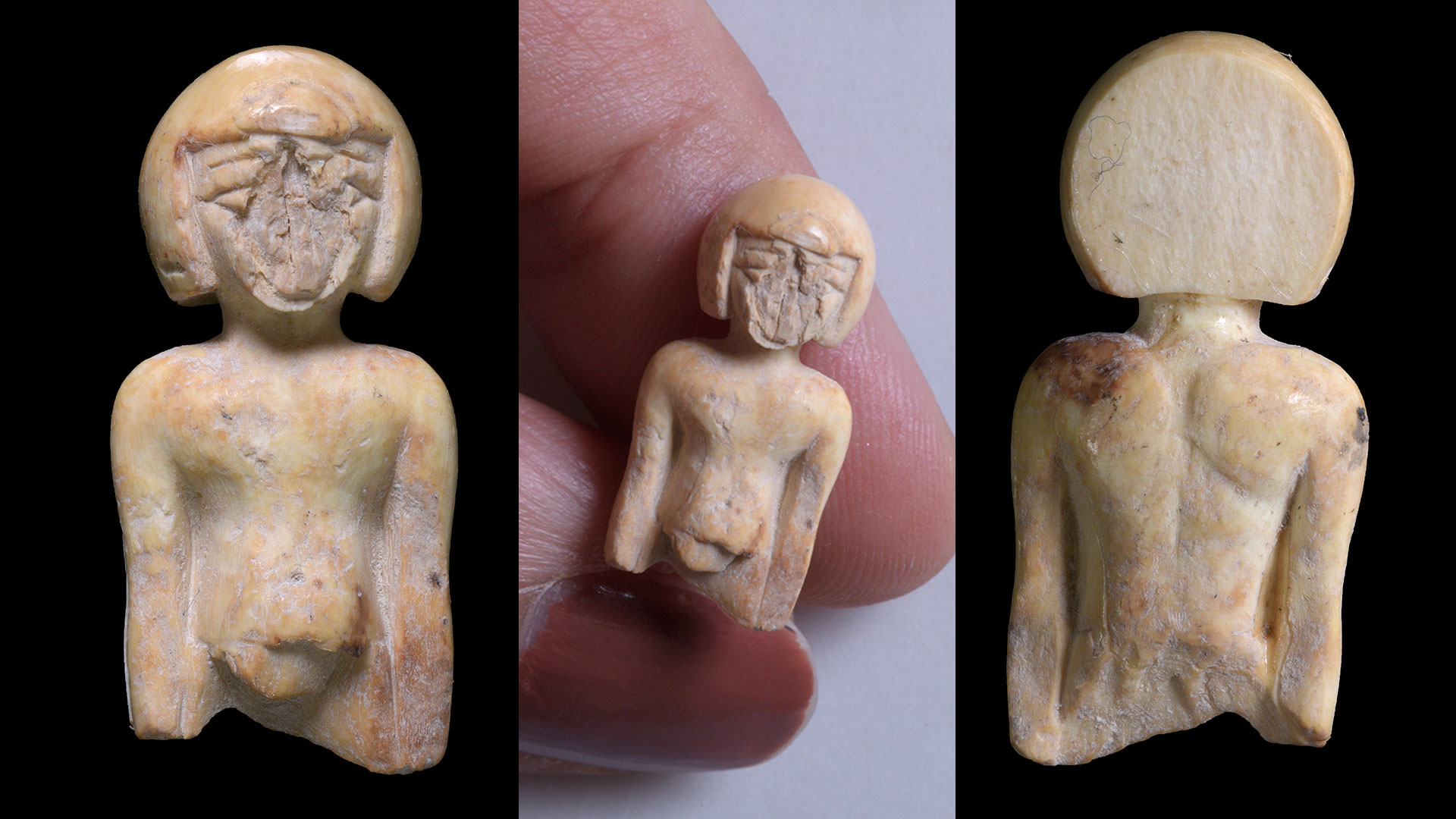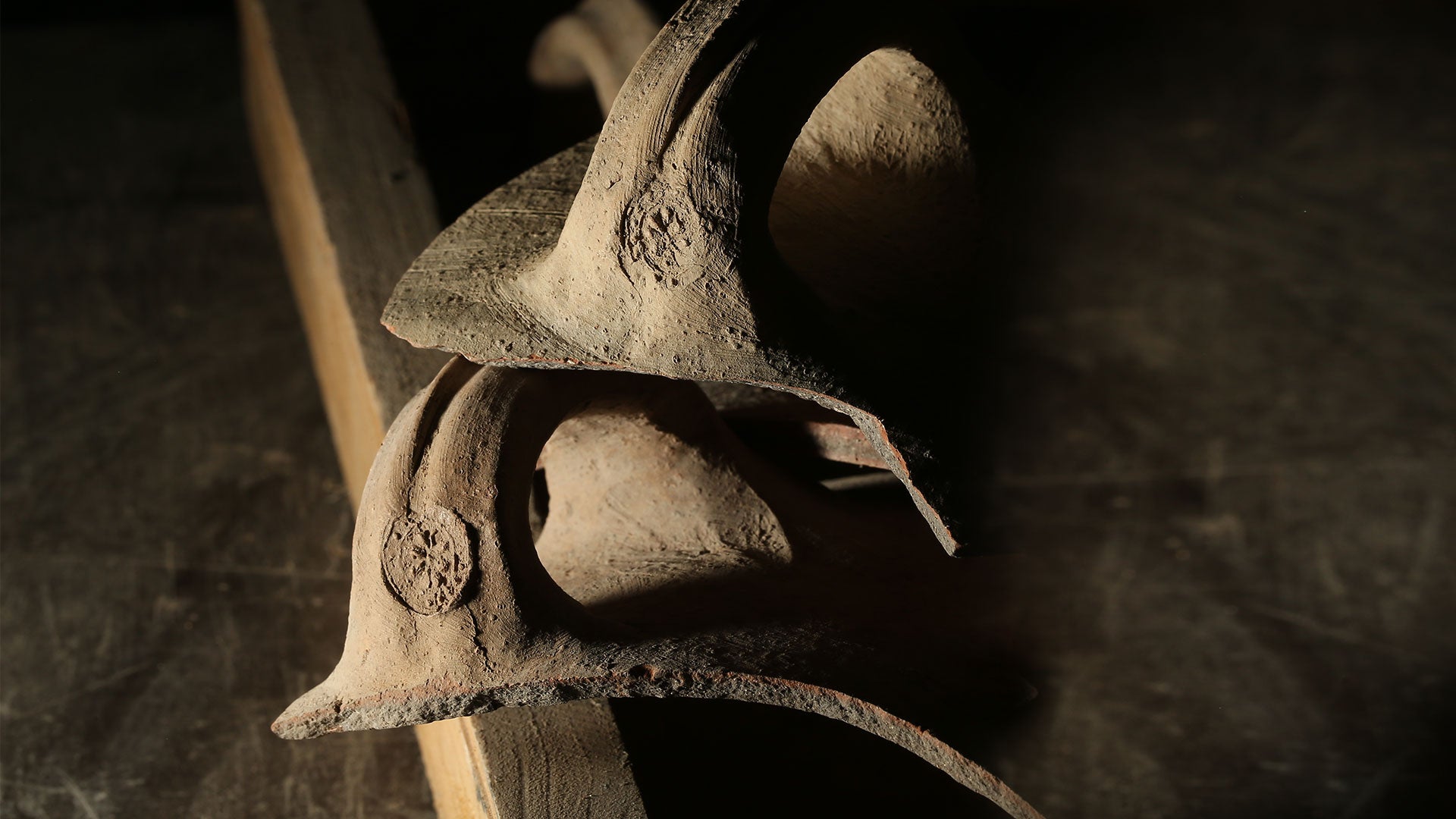JERUSALEM, Israel – A few days before Tisha B'Av, the annual fast day commemorating the destruction of the First and Second Jewish Temples on the Temple Mount, the Israel Antiquities Authority announced the discovery of more evidence of the Babylonian destruction of Jerusalem.
During excavations at the eastern slope of the City of David, IAA archaeologists unearthed structures and artifacts dating back more than 2,600 years.

Buried under layers of collapsed stone, researchers found pottery chards, charred wood, grape seeds, fish scales and bones and figurines.
"These findings depict the affluence and character of Jerusalem, capital of the Judean Kingdom, and are mesmerizing proof of the city's demise at the hands of the Babylonians," the IAA said in its press statement.
The team found dozens of storage jars, some with stamped handles, which were used to store grain and liquids. A few of the jars' seals were decorated with a rosette.

"These seals are characteristic of the end of the First Temple Period and were used for the administrative system that developed toward the end of the Judean dynasty," IAA excavation directors Ortal Chalaf and Dr. Joe Uziel said. "Classifying objects facilitated controlling, overseeing, collecting, marketing and storing crop yields. The rosette, in essence, replaced the 'For the King' seal used in the earlier administrative system."
Archaeologists say some of the ornamental artifacts evidence the wealth of the Judean Kingdom's capital, such as a tiny, beautifully carved ivory statue of a woman with Egyptian-style hair.

"The excavation's findings show that Jerusalem had extended beyond the line of the city wall before its destruction. The row of structures exposed in the excavations is located outside beyond the city wall that would have constituted the eastern border of the city during this period," they explained.

"Throughout the Iron Age, Jerusalem underwent constant growth, expressed both in the construction of numerous city walls and the fact that the city later spread beyond them. Excavations carried out in the past in the area of the Jewish Quarter have shown how the growth of the population at the end of the 8th Century BCE led the annexation of the western area of Jerusalem. In the current excavation, we may suggest that following the westward expansion of the city, structures were built outside of the wall's border on the east as well."
Images Courtesy of City of David Archive, Eliyahu Yanai, Clara Amit; videoclip, Michel Rozilio
Did you know?
God is everywhere—even in the news. That’s why we view every news story through the lens of faith. We are committed to delivering quality independent Christian journalism you can trust. But it takes a lot of hard work, time, and money to do what we do. Help us continue to be a voice for truth in the media by supporting CBN News for as little as $1.











 Support CBN News
Support CBN News







